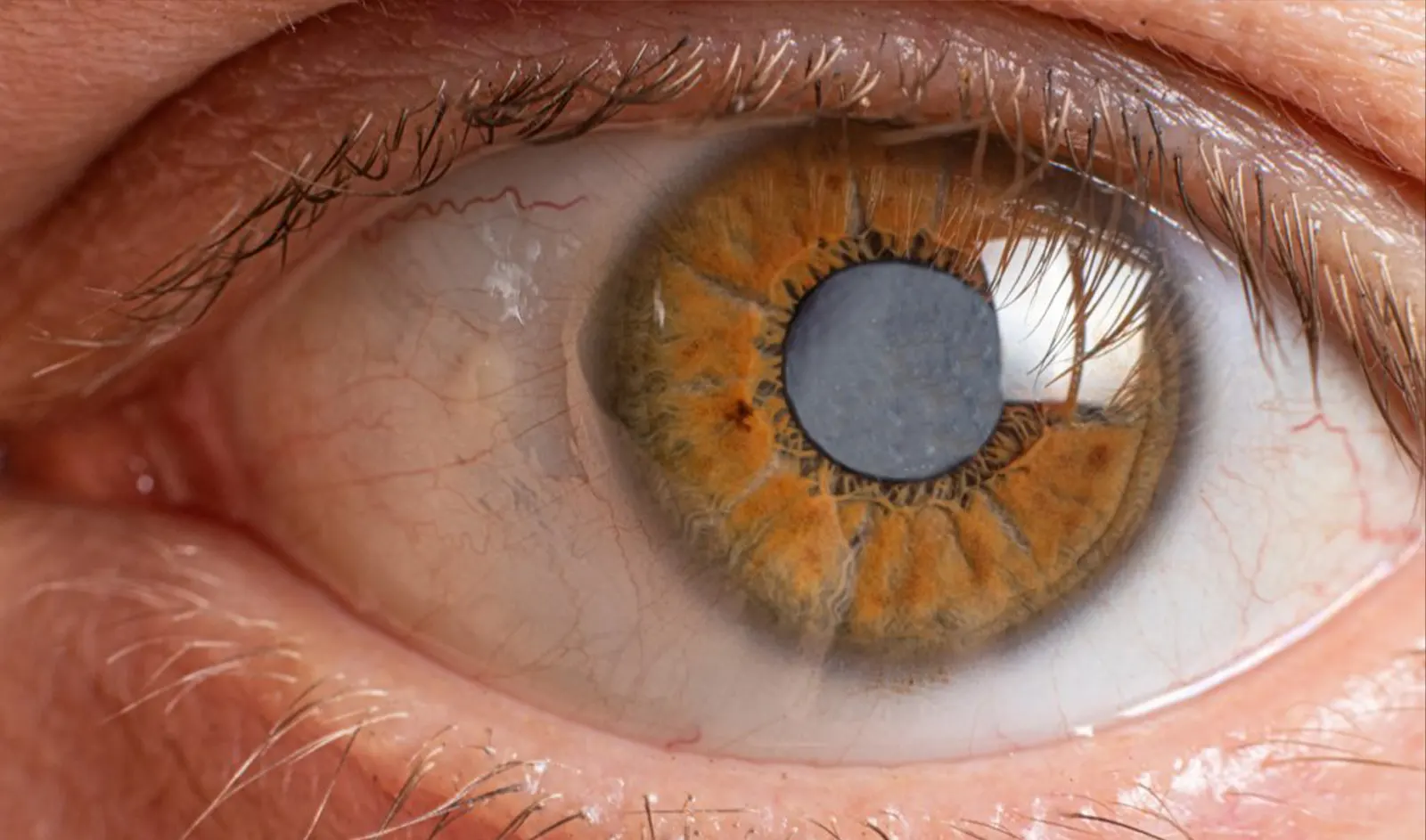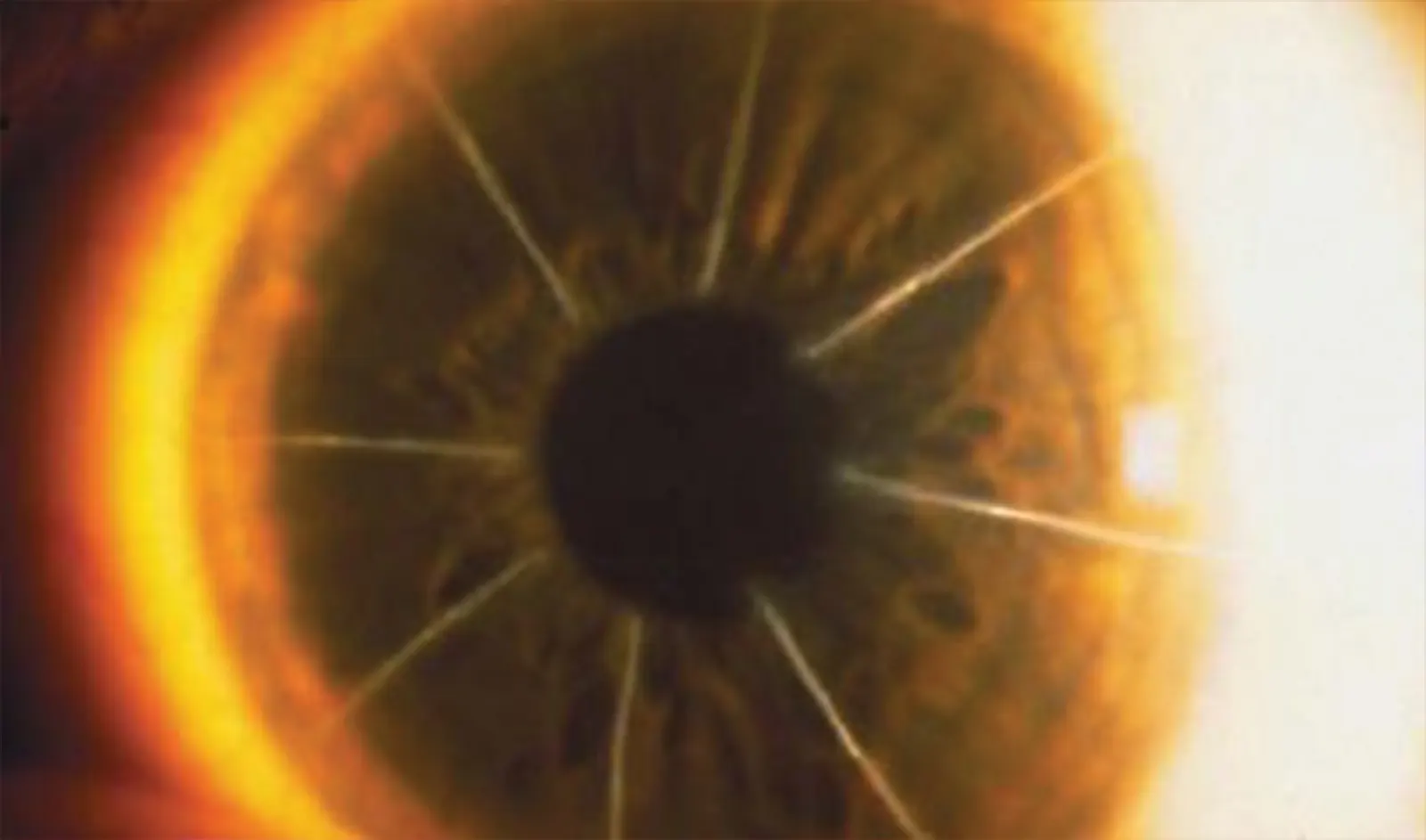A small but significant number of patients have sub-optimal outcomes after prior LASIK or PRK surgery. A few of these patients have severe vision problems that are not appropriately diagnosed. These patients can also be the ones that receive public and media attention. Virtually all of these patients can have their corneas repaired. Their visual problems are treated utilizing the CREATE Protocol (Corneal Repair Epithelium and Topography Enhanced). This protocol uses a patented process to treat the corneal irregularity that is measurable by the topography-guided ablation (Contoura) system and the part of the irregularity that the system cannot measure hidden by epithelial compensation. Treatment of both of these parts is part of a patent granted by the U.S. Patent Office to Dr. Motwani (European Patents Pending).
Suboptimal outcomes from prior LASIK/PRK procedures are often related to de-centered laser ablations from the original procedure. It is even possible to visualize where the laser tracked and performed laser partially on one area, changed or lost tracking, and the laser moved to another site, creating a very irregular cornea. Over time the corneal epithelium will thicken and thin over low and high spots to compensate for the irregularity, leading to a correction that “fades” over time. This epithelial compensation must be accounted for, which is part of the CREATE Protocol.
Dr. Motwani has also published data demonstrating a corneal shape change when a LASIK flap is made, leading to an incorrect laser irregular shape. This can lead to significant visual issues such as glare, halos, and ghosting. The incorrect, irregular laser ablation shape created can be repaired, and the corneal shape can return to normal.
Treatment is in two phases. Phase 1 treats the corneal irregularity and makes a more uniform shape, repairing the cornea’s irregularity. Included in this repair is the significant portion of the irregularity masked by epithelial compensation, which topography-guided ablation (market name Contoura) cannot measure. This laser procedure, the CREATE Protocol, has been granted a patent by the U.S. Patent Office to Dr. Motwani (European Patents Pending). This will create a cornea that is no longer multifocal and has one central shape and power. As it is impossible to accurately predict the power of the cornea once it is made more uniform, treatment of the residual refractive error is performed in Phase 2. This typically occurs four months later and performs full correction of the refractive error, and can include balanced monovision to allow for reading without reading glasses in those over 40.
Since it’s a surface procedure, healing takes 3-5 days after each phase, where a bandage contact lens is utilized. In between phases, patients can get glasses after 1-2 weeks to aid vision and return to work. If patients have significant cataract formation, they should get cataract surgery during this interim period at least two weeks post Phase 1. Surgeons can correct refractive errors in Phase 2.
The goal is to create an entirely new corneal shape close to the more uniform shape created with the LYRA Protocol. The resulting cornea should look similar to a primary procedure that Dr. Motwani performed.

Cataract Surgery is the most performed surgical procedure in the United States, and has a phenomenal track record for improving…
Read More
The treatment of trauma with topographic-guided ablation depends on the level of scarring caused by the trauma, the position of…
Read More
In the dynamic world of eye care, keratoconus treatment has become a focal point due to the condition’s impact on…
Read More